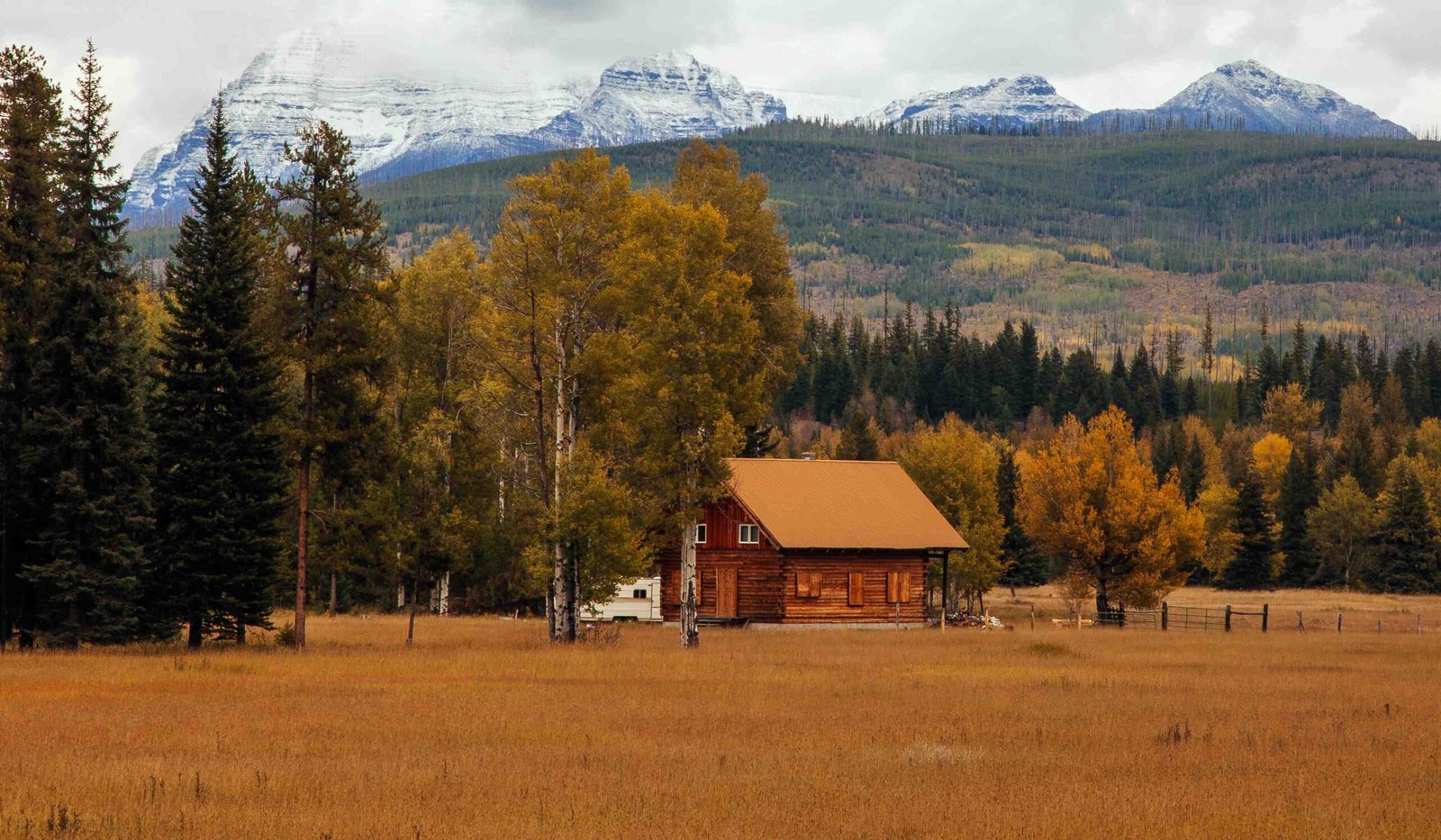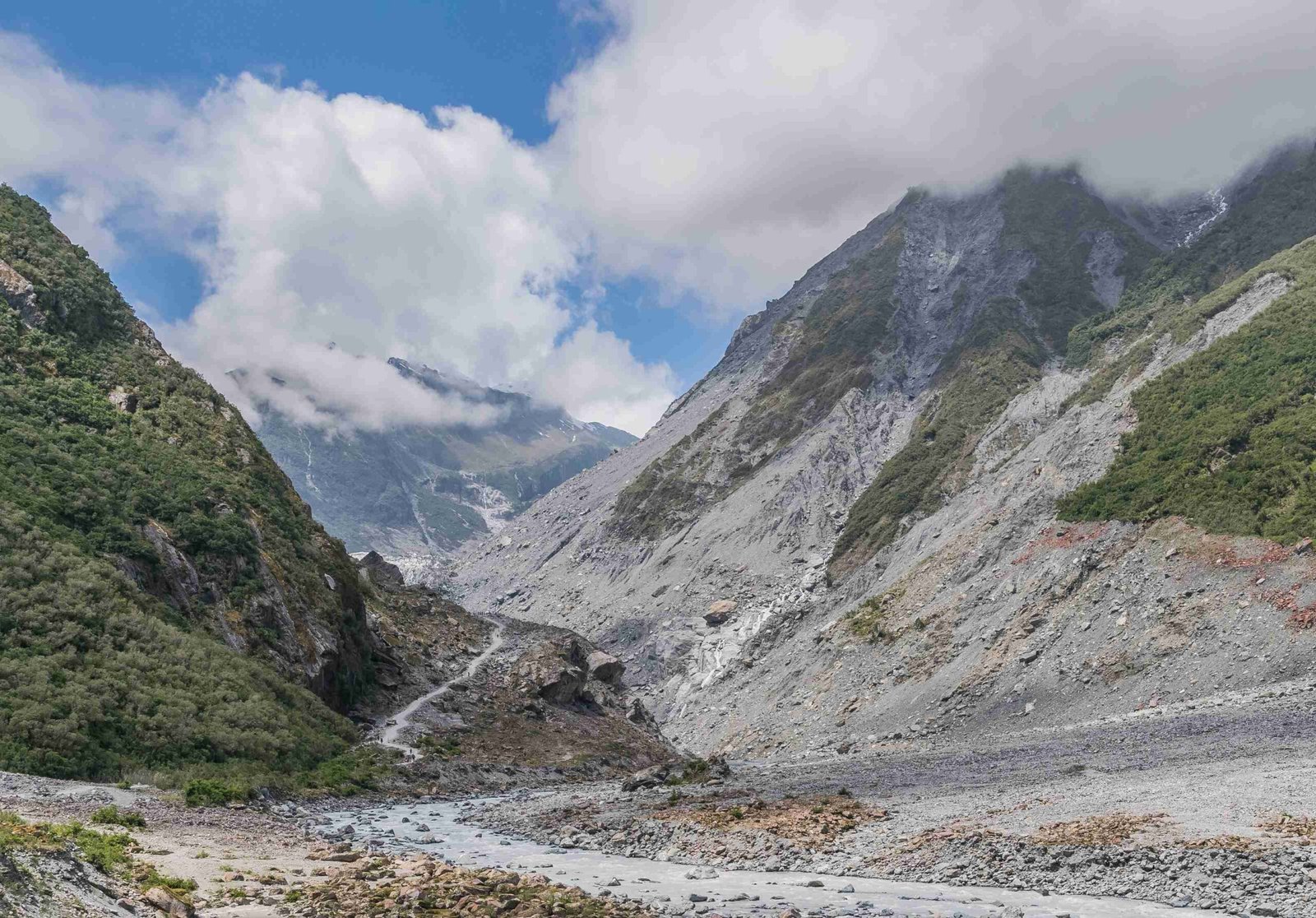Glacier National Park, known as the ‘Crown of the Continent,’ is a treasure trove of unique geological features, diverse wildlife, and rich cultural history. From its ancient rock formations dating back 1.6 billion years to its rapidly disappearing glaciers, the park offers visitors a glimpse into Earth’s past and present. With over 3 million annual visitors, Glacier National Park continues to captivate nature enthusiasts, hikers, and wildlife observers with its stunning landscapes and rare experiences.
What Makes Glacier National Park Geologically Unique?

Glacier National Park’s geological uniqueness stems from its ancient rock formations and the dramatic impact of glacial activity:
- Ancient Rock Formations: The park boasts some of the oldest exposed rock on Earth, dating back 1.6 billion years.
- Glacial Sculpting: The landscape has been shaped by glaciers, creating distinctive U-shaped valleys, cirques, and arêtes.
- Diverse Rock Types: Visitors can observe a variety of rock types, including:
- Granite
- Gneiss
- Limestone
- Argillite
The park’s geology offers a visual timeline of Earth’s history, with each layer telling a unique story of the planet’s past.
How Has Climate Change Affected the Park’s Glaciers?

The impact of climate change on Glacier National Park’s namesake features is stark and concerning:
- In 1850, the park had approximately 150 glaciers
- Today, only 26 glaciers remain
- The largest remaining glacier is Harrison Glacier
This dramatic reduction in glacier numbers serves as a visible indicator of global climate change. Scientists predict that if current climate trends continue, the park may be devoid of active glaciers by 2030.
What Unique Wildlife Can Visitors Expect to See?
Glacier National Park is home to a diverse array of wildlife, many of which are rare or endangered:
| Species | Status | Interesting Fact |
|---|---|---|
| Grizzly Bears | Threatened | Park is home to one of the largest grizzly populations in the lower 48 states |
| Canada Lynx | Threatened | Elusive and rarely seen by visitors |
| Bull Trout | Threatened | Requires cold, clean water to survive |
| Mountain Goats | Park Symbol | Often seen along high-altitude trails |
| Wolverines | Rare | One of the few places in the lower 48 where they still exist |
The park’s wildlife viewing opportunities are enhanced by the fact that the ecosystem has remained largely unchanged since the park’s establishment over 110 years ago.
What Are the Most Unique Hiking Experiences in the Park?
Glacier National Park offers hikers a range of unique experiences:
- Highline Trail:
- 11-mile trail along a mountain ridge
- Offers panoramic views of surrounding peaks
-
Moderate to difficult difficulty
-
Going-to-the-Sun Road Trails:
- Multiple trails branching off from the famous scenic road
- Access to glaciers, alpine meadows, and mountain peaks
-
Varying difficulty levels
-
Hidden Lake Overlook:
- Short but steep trail
- Stunning views of Hidden Lake and surrounding mountains
- Often features wildlife sightings
With nearly 750 miles of trails, the park caters to hikers of all skill levels, from casual walkers to experienced backpackers.
What Cultural Significance Does the Park Hold?
Glacier National Park has a rich cultural history that spans thousands of years:
- Human presence in the area dates back approximately 10,000 years
- The park is the ancestral home of several Native American tribes:
- Blackfeet
- Salish
- Kootenai
- Pend d’Oreille
These tribes continue to have a strong presence in the park, contributing to its cultural richness. The park hosts the ‘Native America Speaks’ program, where tribal members share their history, culture, and relationship with the land, offering visitors a unique perspective on the park’s significance beyond its natural beauty.
What Unique Experiences Does the Park Offer?
Glacier National Park provides several experiences that set it apart from other national parks:
- Red ‘Jammer’ Bus Tours:
- Introduced in the 1930s
- Restored in 2002 to run on alternative fuel
-
Offer guided tours along scenic routes
-
Aurora Borealis Viewing:
- Occasional sightings of the Northern Lights
- Best viewed during winter months
-
Rare opportunity in the continental United States
-
Going-to-the-Sun Road:
- 53-mile scenic drive
- Engineering marvel built between 1919 and 1933
- Crosses the Continental Divide at Logan Pass
- Designated as a National Historic Landmark
These experiences combine natural wonders with human ingenuity, offering visitors a unique blend of adventure and history.
How Does Glacier National Park Compare to Other National Parks in Visitor Numbers?
Glacier National Park’s popularity is evident in its visitor statistics:
- Over 3 million visitors annually
- This is roughly three times the population of Montana
- Peak visitation occurs from May to September
- July and August are the busiest months
Compared to other national parks:
1. Yellowstone: Approximately 4 million visitors annually
2. Yosemite: About 4-5 million visitors annually
3. Grand Canyon: Around 6 million visitors annually
While Glacier receives fewer visitors than some of the most popular parks, its visitation numbers are still significant, especially considering its remote location.
What Conservation Efforts Are Ongoing in the Park?
Glacier National Park is at the forefront of several conservation efforts:
- Glacier Monitoring:
- Ongoing studies to track glacier retreat
-
Data used to understand climate change impacts
-
Wildlife Protection:
- Programs to protect threatened species like grizzly bears and lynx
-
Habitat preservation efforts
-
Native Plant Restoration:
- Projects to remove invasive plant species
-
Reintroduction of native plants to maintain ecosystem balance
-
Water Quality Management:
- Monitoring of lakes and streams
- Efforts to protect bull trout habitats
These conservation efforts aim to preserve the park’s unique ecosystems and biodiversity for future generations.
Glacier National Park’s unique information reveals a place of extraordinary natural beauty, rich cultural heritage, and significant ecological importance. From its ancient geological formations to its diverse wildlife and ongoing conservation efforts, the park offers visitors a chance to experience some of North America’s most pristine wilderness. As climate change continues to impact the park’s glaciers, the urgency to visit and appreciate this natural wonder grows, making Glacier National Park a must-see destination for nature lovers and conservationists alike.
References:
- [15 AMAZING Facts About Glacier National Park (Sure to Surprise)]
- [43+ Fun Facts about Glacier National Park | Montana Discovered]
- [9 Interesting Facts About Glacier National Park | Amtrak Vacations®]